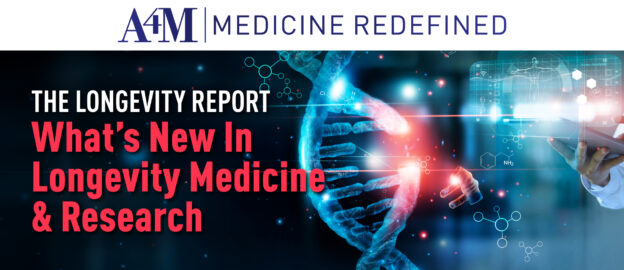A4M valued member Donna Barsky shares insight from her professional experience in this Member of the Month feature.
Dr. Donna Barsky, born and raised in Oklahoma, received her Bachelor of Science degree in Education, from East Central State, in 1972, her Bachelor of Science in Pharmacy from Southwestern Oklahoma State University in 1979 and completed her Doctorate of Pharmacy in 1999.
She ran her own pharmacy relief service for independent compounding pharmacies and nursing home consulting practice from 1980 until April 2006. She has been compounding for over 30 years and has developed many of her own formulas to address specific patient needs. In June 2006 she opened Texas Star Pharmacy, a full-service independent compounding pharmacy in Plano, TX. Dr. Barsky is also the owner of Dr. Donna’s SilverSkin, a cosmetic company, in which she developed all the cosmetic products.
Donna is a preceptor, IV and Immunization Certified, MTM provider, and Certified Diabetic trainer and Travel-Health Service Provider and a speaker for multiple organizations including NCPA (National Community Pharmacy Association) and Richland College. She is also a regular contributing author for Living Well magazine, Le Femme FOCUS International, an online magazine and has been on Good Morning Texas, NBC 8 and several other local stations.
Texas Star Pharmacy has received Plano Star Courier Reader’s Choice Best Pharmacy in 2010, 2011, 2015, 2016 and received the Fred Moses Minority Business Development Award in 2011. Dr. Barsky is also an active member of the National Community Pharmacist Association and also holds active memberships with the Pharmacy Compounding Centers of America, Texas Pharmacy Association, APHA (American Pharmacy Association), IACP (International Academy of Compounding Pharmacists) and A4M (American Academy of Anti-Aging).
Q1: Before joining A4M, what was your medical background?
Pharmacy was my livelihood, but I always pushed toward a more holistic approach toward aging. Nutrition was a big part of pharmacy as well, because there are numerous pharmaceuticals that can cause nutritional depletions that need to be addressed for better health.
Q2: What anti-aging techniques have you incorporated into your practice? And how did you so?
We have a Certified Clinical Nutritionist on staff and have started to work with physicians in our area to help their offices become more efficient in nutritional guidance. Then, we also help the physicians, in a collaborative effort, determine the best pathway for new hormone/thyroid patients to follow. With this Texas Health Initiative, we have helped hundreds of patients find their pathway to better aging.
Q3: What are the benefits of practicing anti-aging medicine: as a professional, and for your practice?
The patients achieve a new perspective on healthy eating, as well as nutritionals for any deficiencies that may be occurring from medications. Hormone and thyroid changes can be a problem as we age and when the hormones are balanced, the patients feel like their old self again and they come into the pharmacy feeling wonderful.
Personally, I also practice what I preach and feel better now than I did in my 40’s. But, secondly, I have found that moving patients toward more natural solutions have added to my bottom line. The benefit is the fact that I am not fighting with insurance companies as much as I was prior to the natural movement on a daily basis.
Q4: What are the changes you see in your patients?
Happier, healthier individuals who have lower Ha1c levels, lower LDL levels, more energy and more efficient thyroid function. It’s great to see the husband of one of my patients and hear him tell me that I saved his marriage because he now can do something right for a change, or to hear another one walk through the door, throw her hands in the air and say, “I’ve lost 17 pounds, just by taking my hormones!”
Q5: Why would you recommend Anti-Aging Medicine to your peers?
Just because you were taught traditional medicine only in med school, doesn’t mean that there is no other way to practice. The only reasons why there are no natural products tested in this country is because companies cannot patent a natural product. Go beyond your schooling, look at the studies that have been done in other countries and see what might help your own clientele. With an open mind, who knows, you might find the right answer to some of the questions that have plagued you for years.
Q6: Where do you see the future of Anti-Aging medicine 20 years from now?
I truly believe that with healthcare as expensive as it is today, patients are trying to find a better, more effective and less expensive way to live a longer, healthier, active life. We are more active than we were 20 years ago and have more options for retirement than we have ever had before. I firmly believe that the functional/anti-aging approach will become a major factor in patients’ health for now and in the future. Certainly, if we are living longer, why wouldn’t anyone want to live better?


